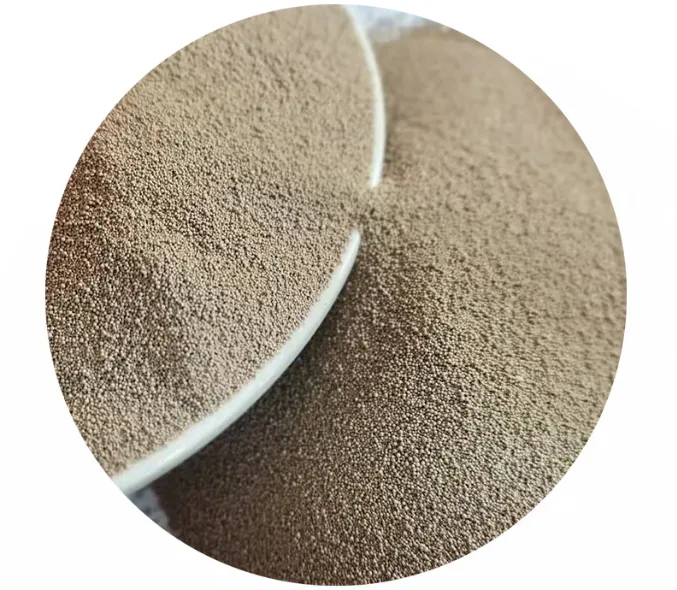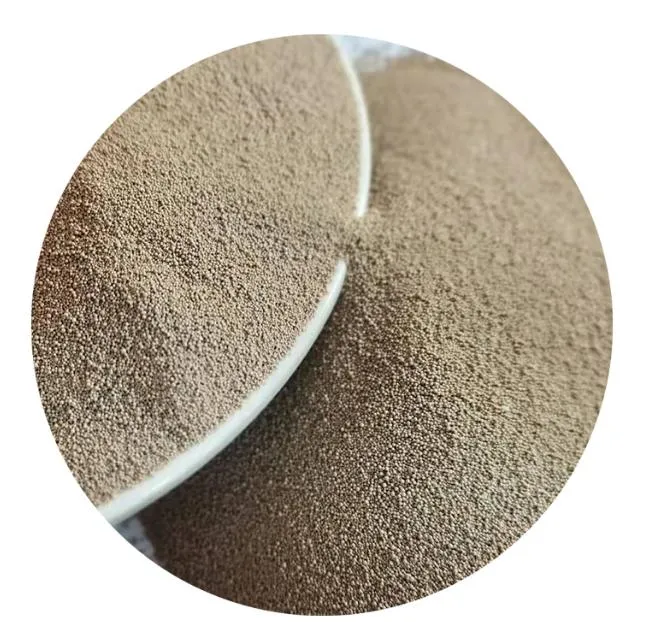

Quality assurance and certification also contribute to the cost framework. Resin coated sand manufacturers that adhere to stringent quality standards, such as ISO certifications, may incur extra expenses to maintain these credentials. However, these certifications ensure the reliability and performance of the product, which is essential for industries where safety and quality cannot be compromised, such as automotive and aerospace sectors. Industry trends indicate a rising demand for eco-friendly and sustainable production methods, aligning with global environmental initiatives. Innovations in eco-friendly resins and recycling technologies are gaining traction, albeit often at a premium price. Businesses committed to reducing their environmental footprint are increasingly willing to absorb these costs, viewing them as a long-term investment in sustainability and brand reputation. Expert insights suggest strategic purchasing decisions can mitigate price volatility. Establishing long-term contracts with suppliers can lock in prices and secure supply chains against market fluctuations. Collaborative relationships with suppliers also facilitate a better understanding of production costs and market trends, enabling more informed purchasing strategies. Trustworthiness in supplier selection is vital. Businesses need to evaluate suppliers’ track records, industry reputation, and financial stability. Reliable suppliers often offer consistent quality and pricing, reducing operational risks. Peer reviews and industry affiliations add layers of assurance, guiding businesses towards sound procurement decisions. In summary, understanding the intricacies of resin coated sand pricing involves analyzing raw material costs, production complexity, logistical aspects, customization needs, quality assurance, and industry trends. By considering these factors and leveraging expert insights, businesses can develop efficient procurement strategies, ensuring they obtain high-quality resin coated sand at competitive prices while maintaining robust supply chain relationships. Post time:Úno . 18, 2025 07:55
Next:wet sanding resin
